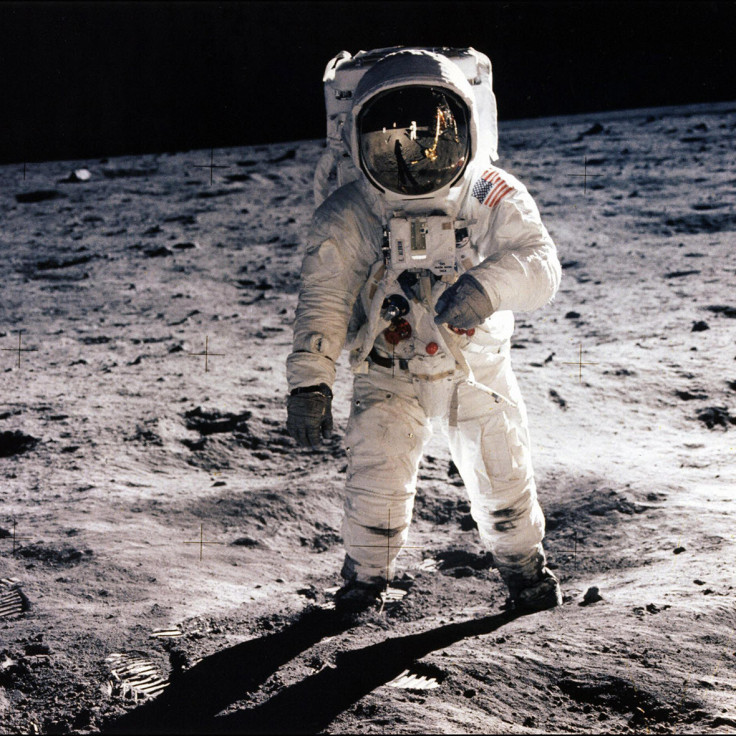Mysterious 'Gunpowder' Smell of the Moon: Apollo Astronauts Describe Scent of Moon Dust
Nasa Apollo astronauts have described the smell of moondust as being like gunpowder

Nasa Apollo astronauts who have all walked on the moon have described the smell of lunar dust as unusual but recognisable – specifically, like gunpowder.
The twelve astronauts, known as the "dusty dozen", came into contact with moon dust on the six Apollo lunar landing missions.
Apollo 17's Harrison "Jack" Schmitt, who walked the moon's surface in December 1972, told Space.com: "All I can say is that everyone's instant impression of the smell was that of spent gunpowder, not that it was 'metallic' or acrid.
"Spent gunpowder smell probably was much more implanted in our memories than other comparable odors."
Schmitt added that the moonwalkers commented that when they took their helmets off in the cabin, regolith – the name for moon dirt – smelled like spent gunpowder.
"For what it is worth, I always have suspected that the olfactory sensors are reacting to a variety of unsatisfied electron bonds as one would have in both just fired gunpowder and lunar dust newly introduced in the cabin," Schmitt said.
"By the way, the time from starting re-pressurization of the lunar lander to my first comment about gunpowder was almost exactly seven minutes."
Moonwalkers
Lunar soil's properties are the result of mechanical disintegration of basaltic and anorthositic rock, caused by impacts from meteorites.
Buzz Aldrin, the second person to walk on the moon and the lunar module pilot on Apollo 11, said the dust had a definite odour.
"It was like burnt charcoal," Aldrin told Space.com. "Or similar to the ashes that are in a fireplace, especially if you sprinkle a little water on them."
"Before we left Earth, the lunar dust was considered by some alarmists as very dangerous, in fact pyrophoric, capable of igniting spontaneously in air," Aldrin explained.
"The fact that the lunar dust had been so void of contact with oxygen, as soon as we re-pressurized our lunar module cabin it might start to heat up, smolder, even burst into flames. At least that was the worry of a few. A late-July firework display on the moon was not something advisable."
Apollo 17 astronaut Gene Cernan said the feel of moon dust was soft but oddly abrasive – and it was so strong that it could be tasted.
© Copyright IBTimes 2025. All rights reserved.






















